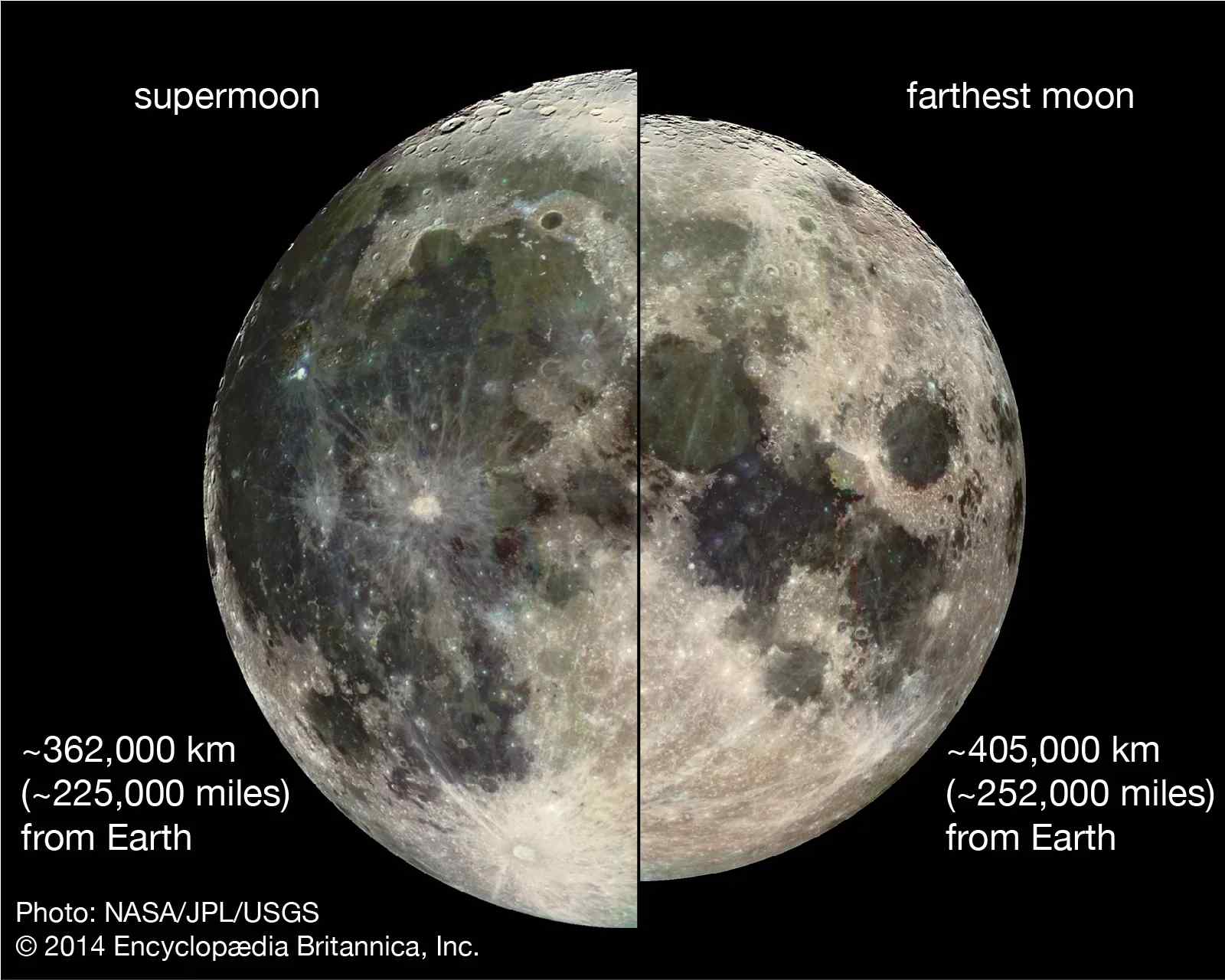Mind-Blowing Blue Supermoon: Must-Know Details!
In the vast and enchanting tapestry of the cosmos, celestial wonders regularly grace our night skies, leaving stargazers and dreamers in awe.
There exists, among these celestial marvels, one that stands out in its captivating beauty – the rare and mesmerizing super blue moon.
This cosmic spectacle is no ordinary lunar display; it weaves together the fascination of a supermoon’s proximity and the mystery of a blue moon’s occurrence.
As fate would have it, the moon’s orbit aligns with Earth’s, drawing it nearer and bestowing upon it an awe-inspiring, larger-than-life presence. Y
et, it’s not just its proximity that makes it special; it’s also its impeccable timing. The super blue moon graces us as the second full moon within a single month, earning it the intriguing title of “blue.”
The super blue moon is a fleeting yet unforgettable masterpiece, a celestial ballet that enchants and leaves an indelible mark upon the canvas of our night sky.
Here are few things to know about this incredible phenomenon;
Blue Supermoon?
The night sky is about to unveil a celestial masterpiece that will leave both seasoned stargazers and passionate astronomers spellbound.
Brace yourselves for the mesmerizing allure of a blue supermoon, an event that occurs only once in a blue moon – pun intended.

Coined by astrologer Richard Nolle in 1979, the term “supermoon” is a phenomenon where the full moon reaches its closest point to Earth along its elliptical orbit.
The result? A breathtaking lunar display that appears larger and brighter than usual.
But this time, prepare for an even rarer spectacle as several cosmic events align in perfect harmony, giving birth to the enigmatic blue supermoon.
The blue supermoon is a sight to behold, an enchanting dance of celestial bodies that reminds us of the wonders of the universe.
So, mark your calendars and keep your eyes on the night sky, for this celestial treat is not one to be missed.
When, Where, and Why the Blue Supermoon Shines?
This astronomical wonder, slated for appearance on Wednesday night, promises to captivate onlookers with its enchanting radiance.
The blue supermoon will be a mere 357,344 kilometers away from Earth, making it the closest full moon of the year.
Such proximity not only increases its apparent size by 14 percent, akin to the difference between a nickel and a quarter, but also intensifies its brightness.
Notably, this event gains its “blue” classification from being the second full moon of August, a rarity that occurs only once in a blue moon—pun intended.

As per NASA’s guidance, the supermoon will manifest opposite the Sun in Earth-based longitude at precisely 9:36pm EDT on Wednesday (01:36 GMT on Thursday).
This grandeur will persist until the moon gracefully sets just before sunrise at approximately 6:46am EDT (10:46 GMT) on Thursday.
While binoculars or telescopes can enhance the moon’s intricate features, the spectacle is visible to the naked eye, embracing the realm of cosmic beauty accessible to everyone.
Cosmic Drama and Earthly Challenges
Yet, amidst this celestial marvel, a cosmic drama unfolds with Saturn poised to make its cameo.
Positioned about 5 degrees to the moon’s upper right, the ringed planet gracefully takes its place in the night’s performance, tracing a clockwise arc as darkness deepens.
However, the blue supermoon’s arrival is marred by concerns. As Hurricane Idalia sets its sights on Florida’s west coast, the intensified gravitational pull of the supermoon threatens to exacerbate the region’s flooding.
Tidal levels, amplified by the moon’s proximity, could potentially breach their limits, plunging parts of Charleston and neighboring states underwater.
Brian Haines, meteorologist in charge at the National Weather Service office in Charleston, South Carolina, expresses his concerns over the unfortunate timing of this cosmic event coinciding with the hurricane’s onslaught.
With the moon’s mesmerizing radiance poised to illuminate the night, this rare blue supermoon promises an unforgettable spectacle.
As it graces the firmament, its luminosity serves as a reminder of the profound cosmic forces that shape our world and evoke both wonder and caution.
Don’t miss this fleeting phenomenon, for the next blue supermoon won’t grace our skies until 2037.






